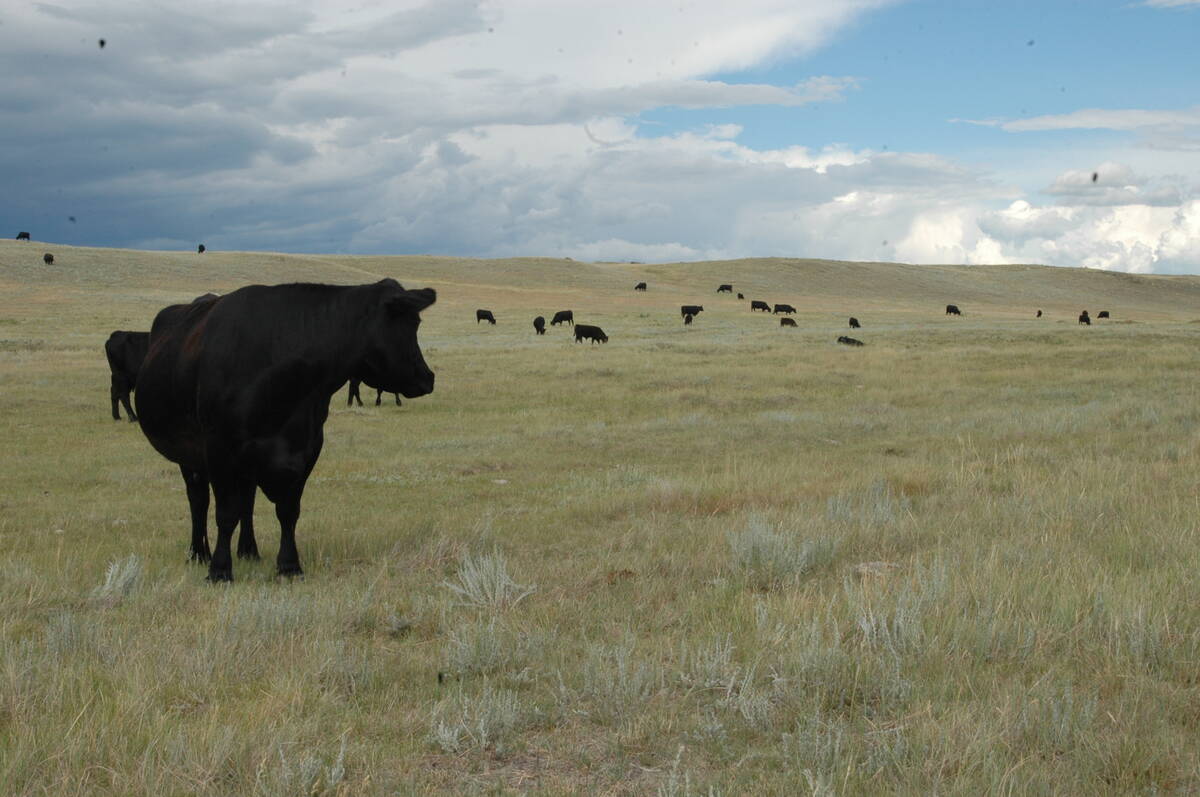PED has heightened awareness of how diseases can spread, especially from farm to farm through livestock trailers
A deadly virus that killed millions of pigs in the United States motivated a Canadian trucking company to get innovative when attempting to keep disease out of its livestock trailers.
“The PED (porcine epidemic diarrhea) virus came along and we were looking at ways to heat the trailers and kill some of the bacteria and viruses,” said Bill Rempel of Steve’s Transport.
The company has been working for about a year to find ways to sterilize livestock trailers that may carry the virus.
It used research money from the Growing Forward program to add state of the art drive-through washing bays, a baking bay and an undercarriage washing system in Manitoba. A similar system is coming to Red Deer.
Read Also

Canadian Food Inspection Agency slammed for handling of bovine tuberculosis case
The federal government leans heavily on producers to “take one for the team” and risk their livelihoods without any reassurance of support.
Truckers are asked to wash equipment thoroughly after hauling livestock, but it is often difficult to dry trailers properly to make sure the virus is wiped out, Rempel told the Canadian Livestock Transportation conference held in Calgary May 7.
The new wash bays ensure hard to reach areas are washed and sanitized properly. The final step places the trailer in another bay, where temperatures of 71 C heat the equipment thoroughly.
A transport biosecurity program was already in place in Canada the year before PED arrived, but the disease showed that everyone in the industry must remain diligent to keep out a disease that killed millions of pigs in the U.S.
“PED has truly changed the landscape of how we manage pigs and how we transport pigs, especially in Western Canada,” said Julia Keenliside, an Alberta agriculture epidemiologist.
Animal transport is a growing issue for health care, and diligent biosecurity on rolling stock can help prevent the spread of disease.
Farms are typically far apart, which makes it relatively easy to control disease on the Prairies.
However, foot-and-mouth disease and PED can travel on objects like clothes, vehicles, boots, feed and water.
Western provinces stepped up bio-security measures to stop PED at the Manitoba border when the disease broke in Ontario.
Transportation units are a critical link in spreading diseases, so strict biosecurity becomes everyone’s responsibility.
“The fact that we have been able to keep PED out of Western Canada, especially Alberta, is everybody’s responsibility,” she said.
Quebec, Ontario, Manitoba, Sask-atchewan and Alberta implemented surveillance programs, and the pork associations are starting a truck wash registration program.
Travel routes and cleaning practices have changed since the outbreak.
Drivers are getting educated about where they may walk, and more information is available on how to wash trucks, loading docks and other areas associated with pig movement.
However, most agree biosecurity can be difficult and corners are sometimes cut, especially during the winter. It is hard to change clothes, clean equipment and wash and dry trucks in cold temperatures.
Trailers can be hard to clean, particularly getting all the manure out of the slats, walls, corners and floors.
Drying is easier in sunny weather, but finding places to dry trucks in winter is difficult when it is extremely cold.
Surveillance is also ongoing. More than 6,000 samples have been collected at Alberta assembly yards, trucks and processing plants since January 2014.
One positive case was found on an office floor where somebody walked in with dirty boots. A second check did not find another positive result.
Sparrows nesting in an assembly yard left behind feces. Those were collected, and a new virus closely related to the porcine virus was found.
National traceability also became mandatory last summer for hogs. Every time a pig moves anywhere, the activity is reported to the provincial organization on a manifest.
Meat inspectors check for the manifests in Alberta, and fines are administered if there is no identification.















